Modi urges global flyers to use India’s 'Digi Yatra' service
The app, which uses facial verification to facilitate paperless airport navigation, is part of India’s broader digital transformation in civil aviation.
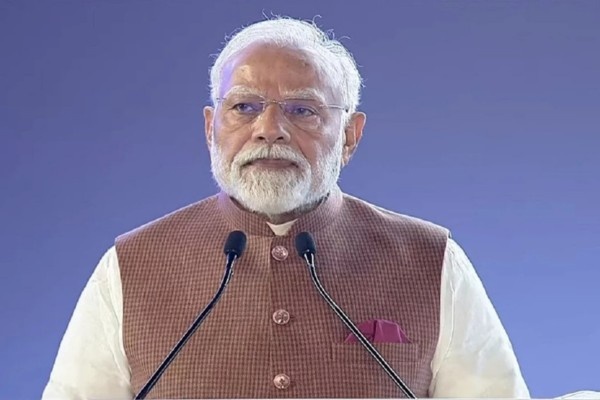 Narendra Modi speaking at IATA Summit / Screengrab from YouTube/ Narendra Modi
Narendra Modi speaking at IATA Summit / Screengrab from YouTube/ Narendra Modi
Indian Prime Minister Narendra Modi urged international travelers to adopt India’s indigenous digital travel solution, Digi Yatra, calling it a model of seamless, secure and smart travel.
Addressing the Annual General Meeting of the International Air Transport Association (IATA) and the plenary session of the World Air Transport Summit (WATS) in New Delhi on June 2, Modi said, “Digi Yatra stands as a secure and smart solution, serving as a model of inspiration for the Global South.”
Also Read: IndiGo expands network with Air France-KLM, Virgin Atlantic, Delta deal
The app, which uses facial verification to facilitate paperless airport navigation, is part of India’s broader digital transformation in civil aviation. Modi emphasized that it provides a seamless travel experience from airport entry to boarding gates, eliminating the need for physical documents or ID display.
In his address, Modi also welcomed the global aviation community to India, noting the event’s return to the country after more than four decades. He underscored India’s emergence as a “global leader in space-aviation convergence” and reiterated the nation’s commitment to sustainable, inclusive, and technology-driven growth in civil aviation.
“India has become the third-largest domestic aviation market in the world,” Modi said, citing record growth in passenger numbers, infrastructure expansion, and aircraft procurement. He outlined three core strengths driving India’s aviation sector: a vast and aspirational market, a young and innovative talent pool, and a supportive policy environment.
Today, India is emerging as a leading force in the Global Space-Aviation convergence. pic.twitter.com/XBsSJIu7QY
— PMO India (@PMOIndia) June 2, 2025
“This is just the beginning,” he said, noting that Indian carriers have placed orders for over 2,000 new aircraft and the country aims to handle 500 million air travelers annually by 2030. He described the UDAN scheme as a “golden chapter” in Indian aviation, with over 15 million passengers having benefited from affordable regional air connectivity.
India’s aviation infrastructure has also seen exponential growth, with operational airports increasing from 74 in 2014 to 162 today. Modi said India is investing heavily in sustainable aviation fuels, green technologies, and digital user experiences, positioning itself as a global leader in future-ready aviation practices.
On the regulatory front, the PM highlighted key legislative and financial reforms such as the new Indian Aircraft Act and the Protection of Interest in Aircraft Objects Bill, which bring India’s aviation laws in line with international standards and open up opportunities for global aircraft leasing firms.
He also spotlighted the Maintenance, Repair, and Overhaul (MRO) sector as a high-growth area, noting that the number of MRO facilities in India has grown from 96 in 2014 to 154, with a national target of creating a $4 billion MRO hub by 2030.
Calling on the global aviation industry to “Make in India” and “Design in India,” Modi said the country is not just a market but a vital link in the global aviation supply chain.
He also emphasized India’s inclusive approach, pointing out that over 15 percent of the country's pilots are women—three times the global average—and that India leads in female representation among cabin crew and aviation engineers.
Modi reaffirmed India's alignment with international safety and regulatory standards, referencing ICAO’s recent safety audit and the adoption of the Delhi Declaration at the Asia-Pacific Ministerial Conference as proof of India’s aviation excellence.
“India consistently supports Open Skies and Global Connectivity,” Modi said, adding that air travel must become more accessible, affordable, and secure for all. He concluded by expressing confidence in the sector’s potential to generate employment, innovation, and inclusive growth.
The IATA AGM is being held in India for the first time since 1983 and will run through June 3, with discussions centered on sustainability, innovation, air connectivity, and future-ready infrastructure.
ADVERTISEMENT
ADVERTISEMENT
E Paper
Video



 Malvika Choudhary
Malvika Choudhary




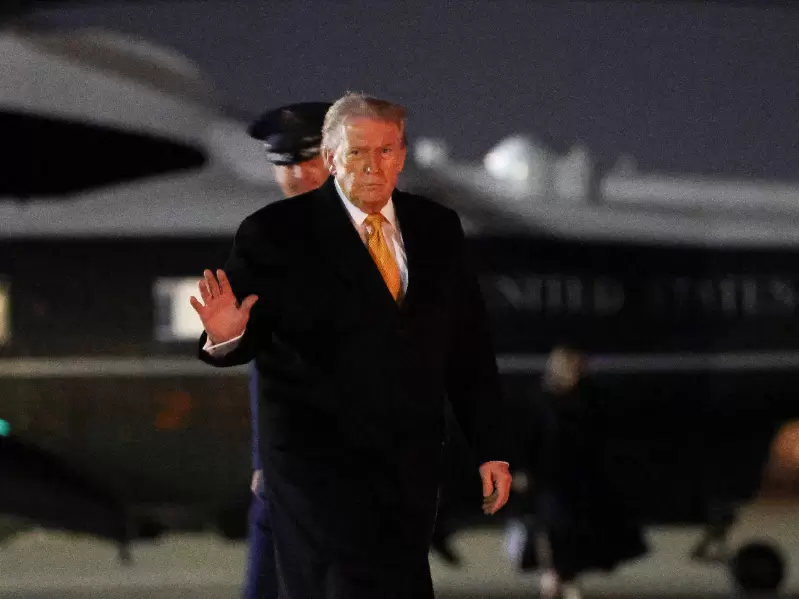
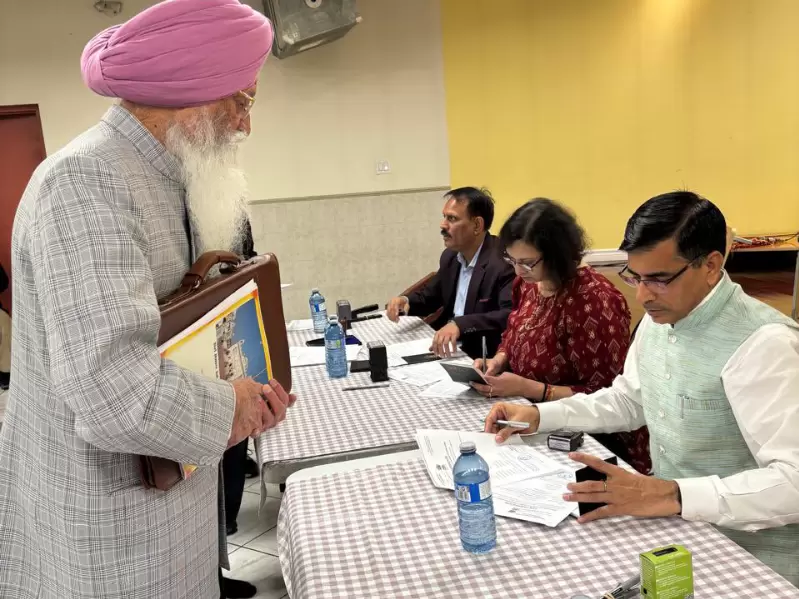
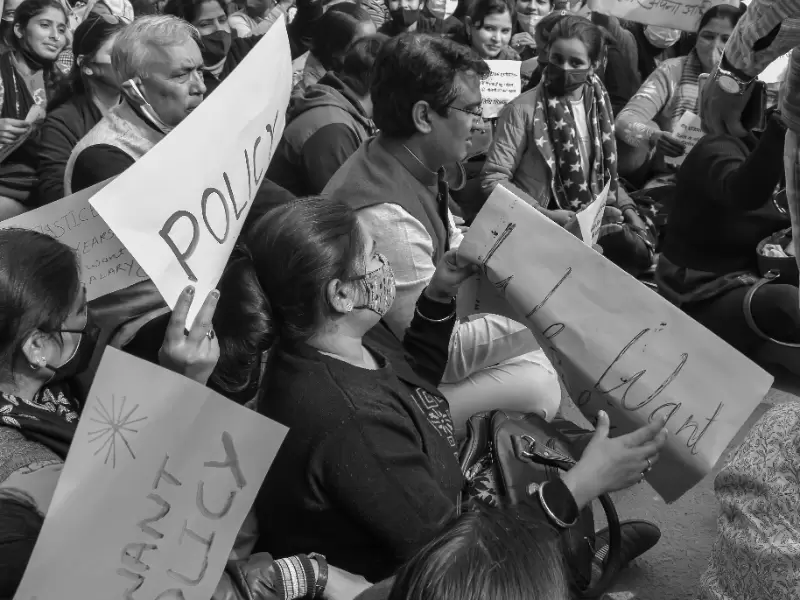
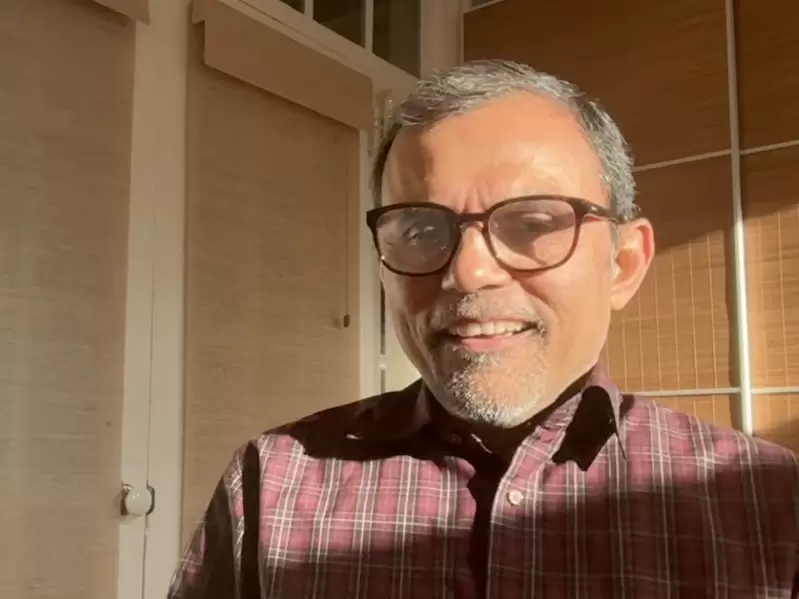
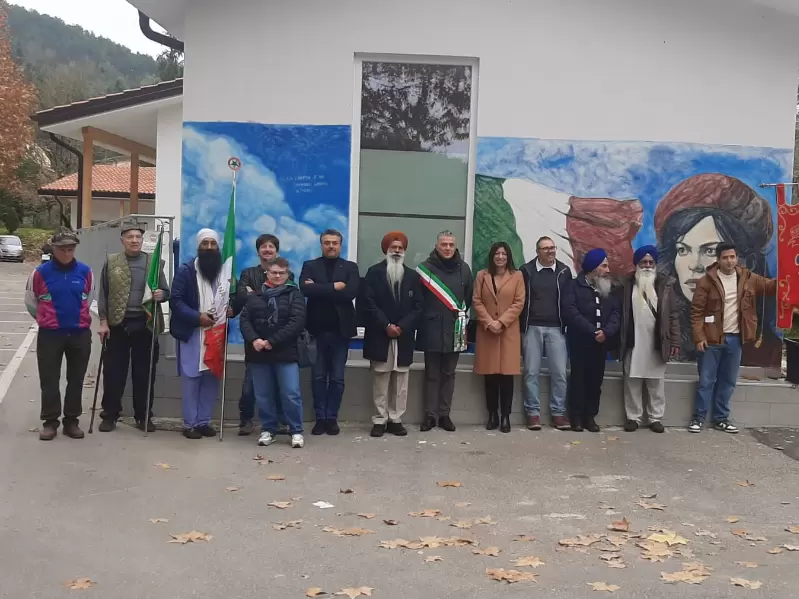
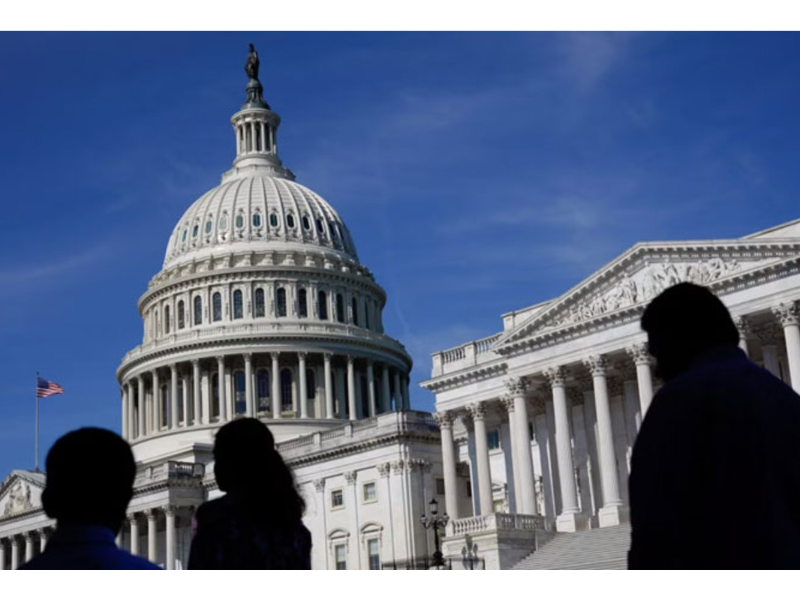


Comments
Start the conversation
Become a member of New India Abroad to start commenting.
Sign Up Now
Already have an account? Login